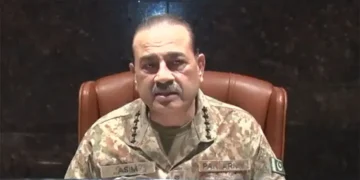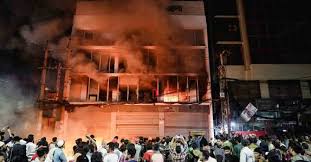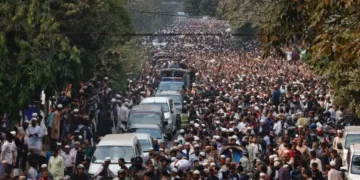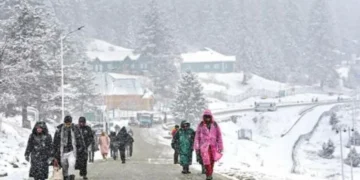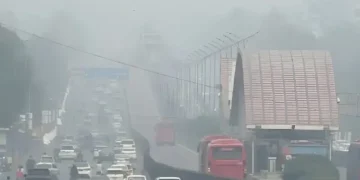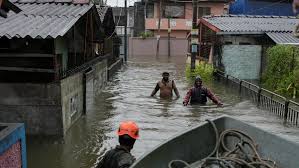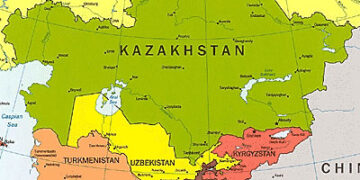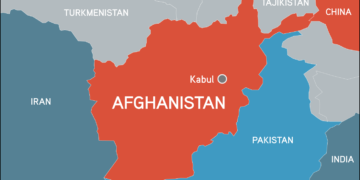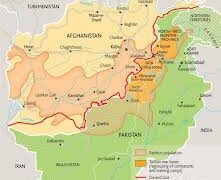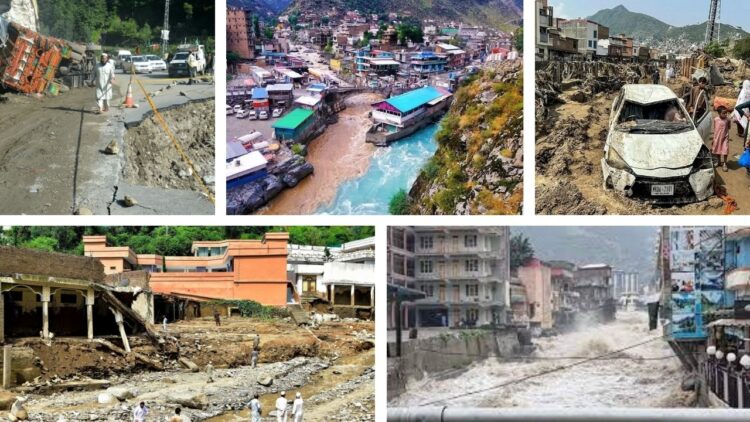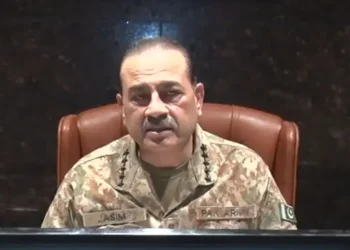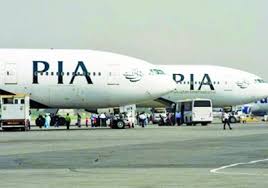PESHAWAR: The devastating spell of monsoon rains continues to wreak havoc across Khyber Pakhtunkhwa (KP), where flash floods have claimed at least 327 lives in just the last 48 hours, according to the Provincial Disaster Management Authority (PDMA).
Officials warn the death toll is expected to rise further as rescue teams struggle to reach remote and cut-off areas.
Authorities have sounded alarms that the current weather system is likely to persist until August 21, raising fears of more flash floods, landslides, and infrastructure damage in the province and adjoining regions.
District administrations have been instructed to expedite relief operations, restore vital road networks, and ensure that timely information reaches the public. Citizens have also been urged to contact PDMA’s emergency helpline 1700 for immediate assistance or weather updates.
Widespread Loss of Life and Property
The PDMA’s latest situation report paints a grim picture of destruction across multiple districts. Buner remains the epicenter of the catastrophe, reporting 204 deaths in the past two days alone, alongside more than 120 injuries. Officials say 50 people remain missing, and rescue teams are still combing through debris in search of survivors.
Other districts have also suffered heavy casualties: Shangla reported 36 deaths, Mansehra 23, Swat 22, Bajaur 21, Battagram 15, Lower Dir five, and Abbottabad one child drowning. The disaster has left entire families homeless and villages submerged under mud and floodwaters.
Adding to the tragedy, a provincial government helicopter engaged in rescue operations crashed in Mohmand, killing all five crew members on board. The incident prompted the KP government to observe a day of mourning, with the national flag lowered to half-mast at the Governor House in Peshawar.
Infrastructure has taken a severe hit as well. Eleven houses have been completely destroyed, while 63 more were partially damaged. Two schools in Swat and another in Shangla have been badly affected, leaving children without classrooms.
In Swat, floodwaters inundated the 132KV grid station, tripping 41 feeders and cutting electricity supply to wide swathes of the valley.
Emergency Declared in KP Districts
In response, the KP government has declared an emergency until August 31 in the worst-affected districts, including Buner, Bajaur, Swat, Shangla, Mansehra, Torghar, Upper and Lower Dir, and Battagram. A notification empowered local administrations to mobilise all available resources for rescue and relief.

The government has also released Rs1 billion to the PDMA to fund immediate relief efforts and compensation for victims. In parallel, Rs1.55 billion has been allocated to the Communication and Works Department to repair highways and bridges washed away by the floods.
Chief Minister Ali Amin Gandapur is scheduled to visit the flood-hit areas, though his exact itinerary has not been shared. The Pakistan Red Crescent, on directives from Governor Faisal Karim Kundi, has also set up an Emergency Relief Centre in KP to assist survivors.
Meanwhile, in a show of solidarity, the Provincial Management Service (PMS) announced that one day’s salary from all officers would be donated to relief activities, while the PMS chairman pledged to contribute his entire monthly salary.
National and Federal Response
Prime Minister Shehbaz Sharif expressed “deep anguish” over the devastation, extending condolences to the bereaved families and pledging the federal government’s full support. After meeting with NDMA Chairman Lt Gen Inam Haider Malik, the premier directed urgent rescue and relief efforts in the nine hardest-hit districts, particularly focusing on Bajaur and Battagram.
He added that stranded residents were being evacuated, medical teams were providing treatment to the injured, and heavy machinery had been deployed to clear blocked roads and restore communication links.
Rescue Operations Under Strain
According to PDMA officials, around 2,000 rescue workers are currently engaged in operations across nine districts. However, terrain challenges and destroyed road networks have slowed progress.
Rescue 1122 Director General Muhammad Tayyab Abdullah revealed that in the last 12 hours alone, teams had responded to 3,542 emergencies. He said 76 vehicles and an elite squad of 80 rescuers had been mobilised to areas where conditions were “extremely challenging.”
Despite these efforts, difficulties persist. Landslides and washed-out roads have forced rescuers to travel on foot in remote areas, while damaged mobile towers have left residents unable to call for help. Many survivors are refusing to leave their homes, unwilling to abandon loved ones buried under the rubble.
Rescue 1122 spokesperson Bilal Ahmed Faizi said the delivery of aid and movement of ambulances and heavy machinery remain obstructed. “Our teams are trying to evacuate survivors, but the emotional trauma is preventing many from relocating,” he explained.
Impact Beyond KP
The crisis is not confined to KP. In Gilgit-Baltistan (GB), at least 12 people have lost their lives, while nine deaths have been reported from Azad Jammu and Kashmir (AJK).
In GB’s Naltar Valley, hundreds of tourists are reportedly stranded after floodwaters swept away a large section of the Naltar Expressway. Electricity has also been suspended after three local power plants were forced to shut down.
GB spokesperson Faizullah Faraq said river waters from the Jaglot Goro stream entered houses and restaurants in low-lying areas, compounding the misery of residents and tourists alike.
Outlook and Warnings
The Pakistan Meteorological Department (PMD) has forecast that monsoon rains will continue across KP until August 21. Authorities in Balochistan have also been placed on high alert, with a fresh spell of rains expected from August 18 to August 22.
For now, KP remains at the centre of the crisis, where desperate families wait for news of missing loved ones, and rescue teams battle harsh conditions to save lives. With roads washed away, electricity grids down, and communication lines cut off, the true scale of the tragedy is still unfolding.

